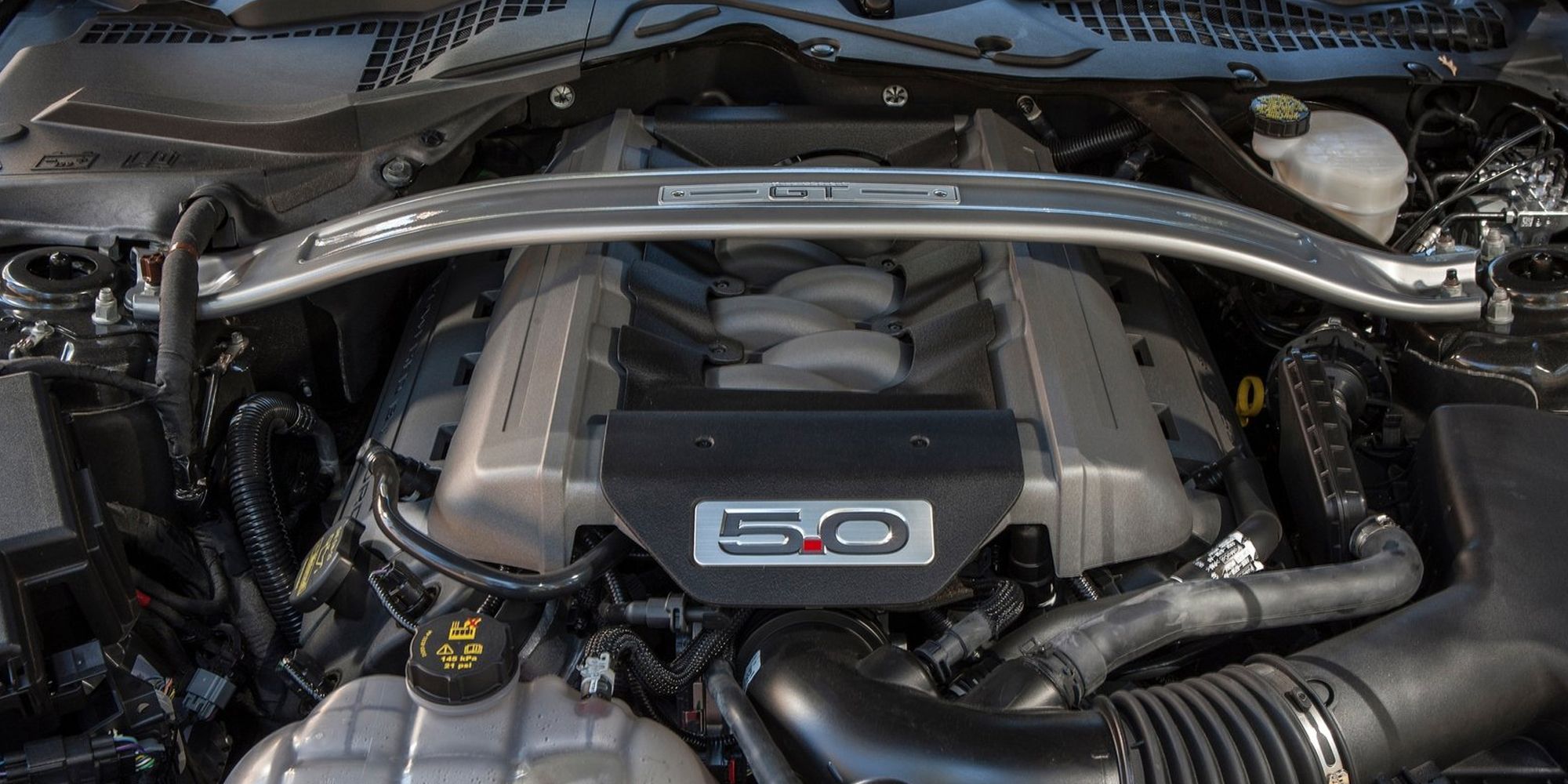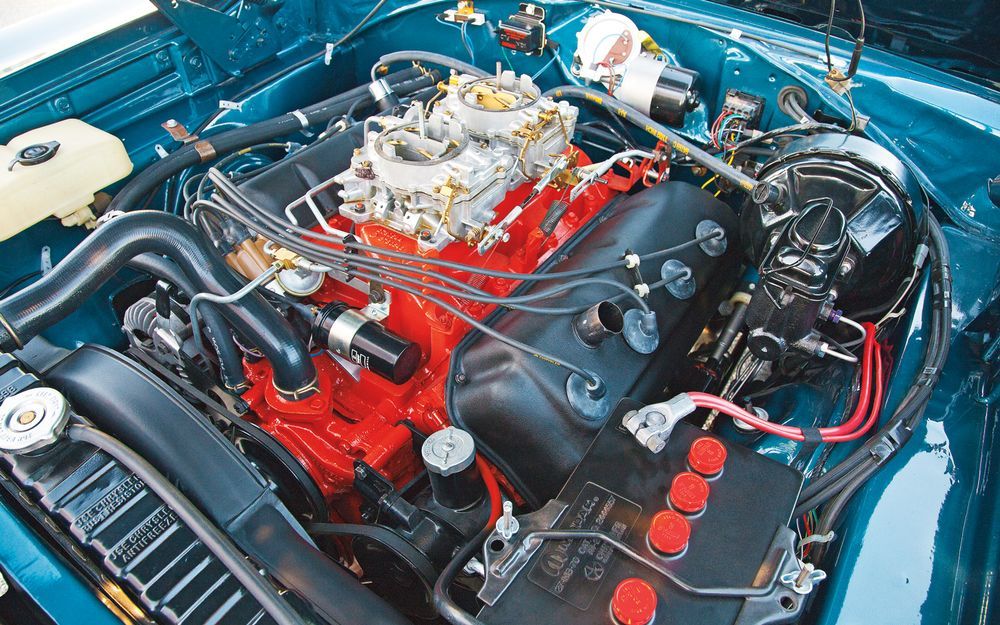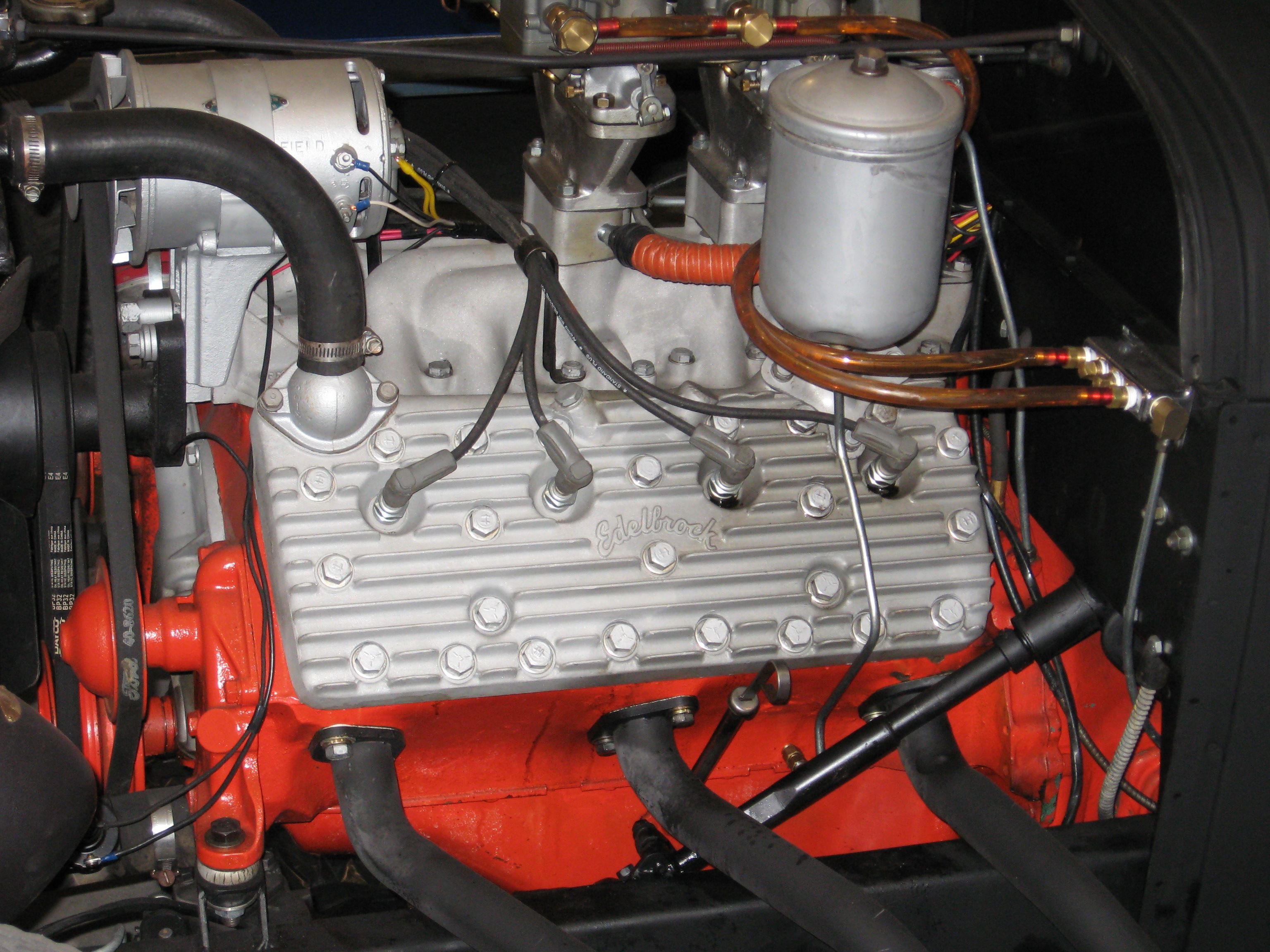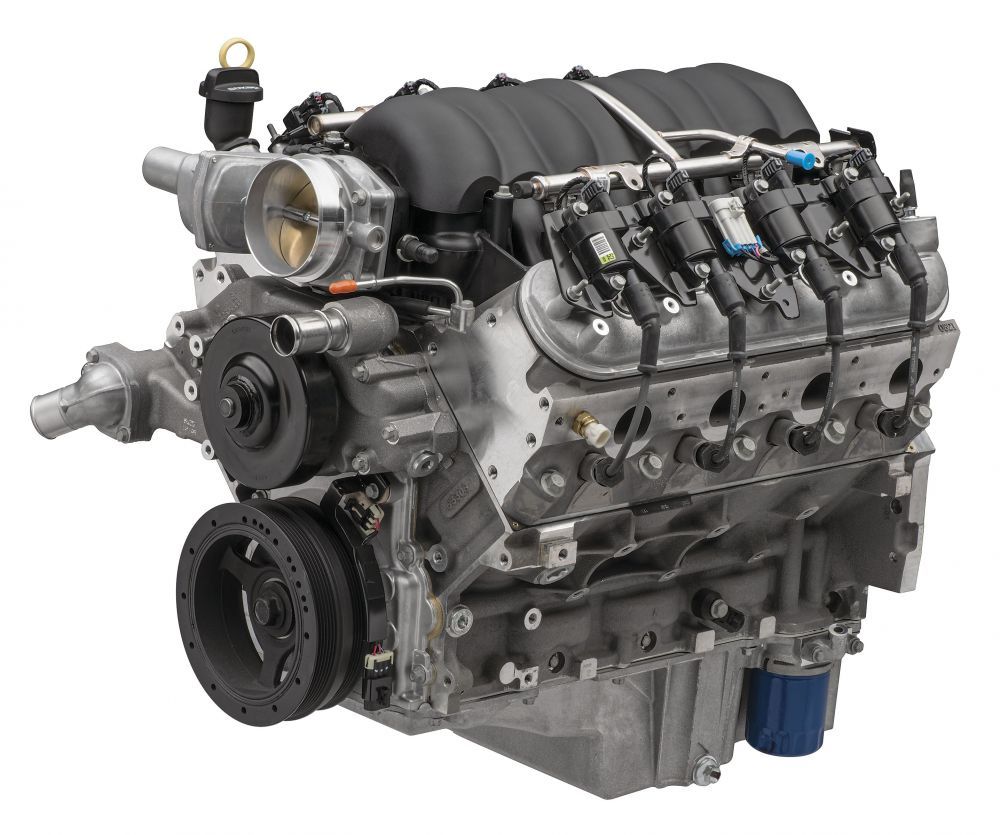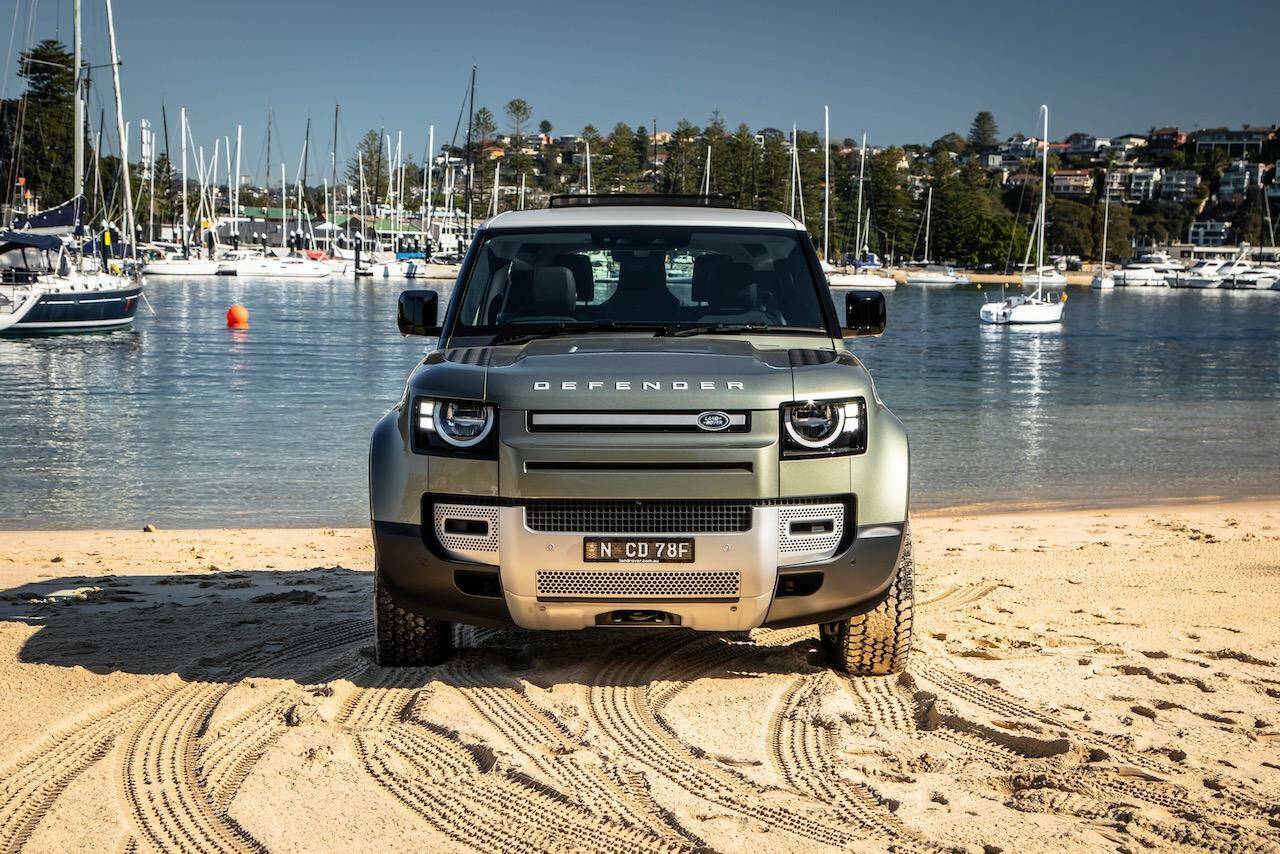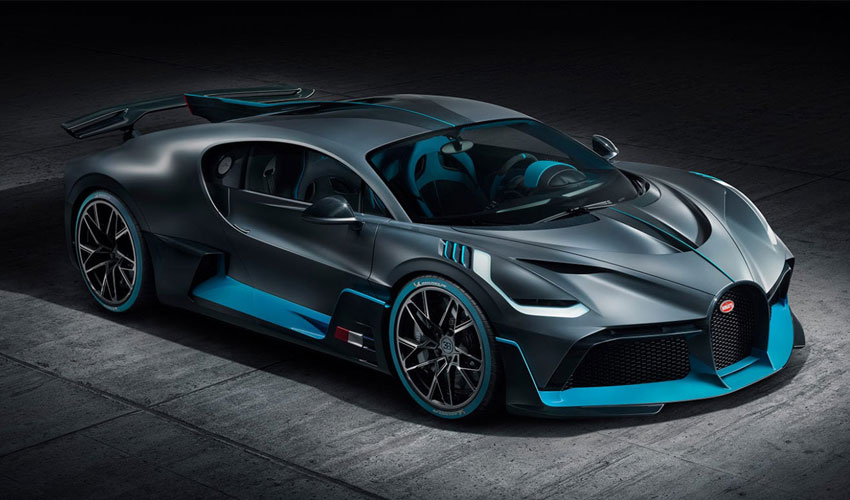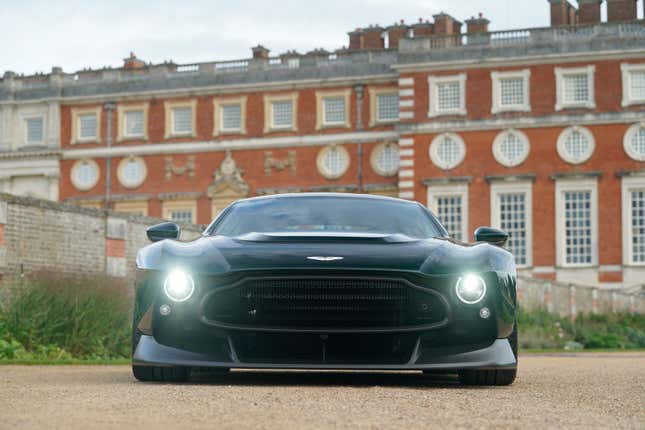5 Best Iconic American V8 Engines
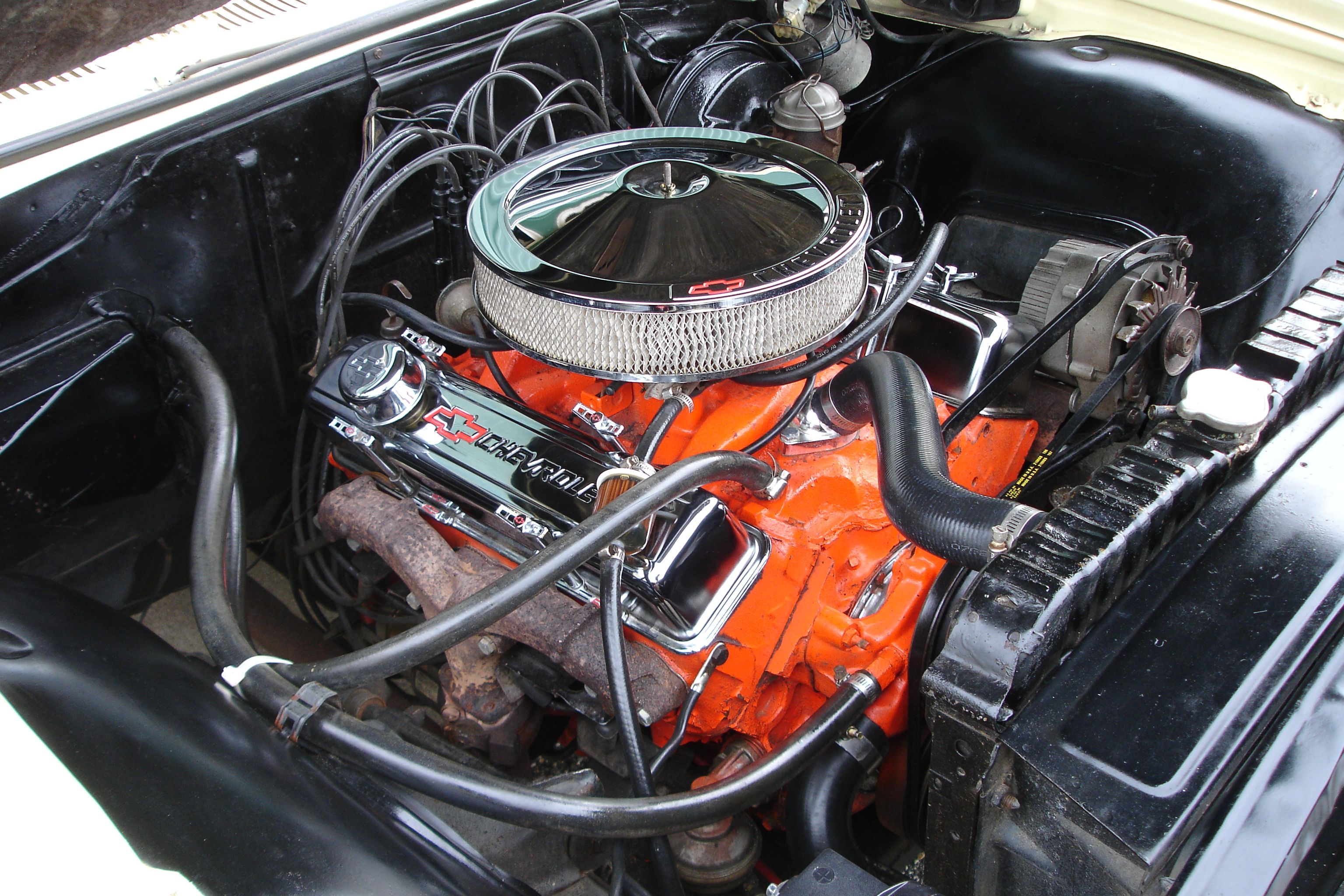
Every vehicle manufacturing country brings its own flavor to the automotive scene. The Brits offer tiny, lightweight roadsters that shine on twisty roads. Germany brings class and refinement, often packaged in luxury performance. Japan delivers efficiency where nothing is wasted, and turbochargers hold the key to unlocking greater performance. Cars from the United States, however, always served as the counter-culture to everything else. American cars lean into more rudimentary designs, resulting in less precise finishing touches and interior panels that fall apart if you look at them the wrong way.
On the other end, American automakers don’t waste time with over-engineering their vehicles. They tend to keep things simple by creating a great looking body, filling it with seats and a steering wheel, and then cramming a giant V8 engine in the bay up front. Aside from a couple exceptions, American sports cars don’t compete in the realms of cornering, comfort, cabin noise, or fuel efficiency. But they excel in V8 muscle that punches you back in your seat in an instant, while roaring with exhaust notes that other engines cannot match. American V8s drove the tuning and aftermarket industries for decades, while turning car ownership into a lifestyle of late night cruises downtown and stoplight drag races. The V8 holds a special place in American car history, and these are some of the best examples that drove American muscle into the future.
5/5 Chevrolet Small Block (Gen I/II)
Few engine platforms can claim a tenure as long as the famous Chevy small block. This engine made it nearly 50 years in production from 1954 to 2003. It experienced many changes along the way, spanning displacements from 262 cubic inches to 400 cubic inches along with a spectrum of bore diameters and piston stroke lengths. This engine took its most popularly known form when Chevy offered it in a 350 cubic-inch (5.7 liter) displacement, filling the engine bays of legendary Camaro and Corvette models.
Outside the dark ages of smog restrictions during the mid ’70s through the ’80s, the small block 350 made significant power out of the factory and even more impressive torque numbers. In some of its prime outfits, this engine delivered approximately 350 horsepower and torque, while reaching up to 405 horsepower and 385 lb-ft of torque in the form of the LT5 found in the later C4 Corvette ZR-1. The small block’s strong presence in the car world and endless aftermarket support made it a popular option for engine swaps and high-power builds.
4/5 Ford Coyote
Showing up a bit later in the game, Ford’s 5.0-liter Coyote V8 reached audiences in 2011. It debuted in the Mustang GT with the intent of rivaling the famous GM/Chevy LS3. The Coyote came with advantages in its more compact physical dimensions and its ability to make lots of power with its smaller 5.0-liter displacement. Ford put together multiple versions of this engine for different class vehicles with regular updates to refine and improve it, and some iterations are still implemented in select models today. It appeared in the last decade of the Ford F-150, delivering up to 400 horsepower and even more torque at 410 lb-ft to make the truck fun to drive and a workhorse at the same time.
Most notably, the Coyote 5.0-liter V8 powered the last ten years of the Ford Mustang GT up to now. Ford continually developed the engine with features like direct injection, increased compression ratio (12.0:1), and other items to drive up power figures and reliability. As of this writing, the latest version delivers 480 horsepower and 420 lb-ft of torque in the current Ford Mustang Mach 1. It’s been just over a decade, but already the Coyote showed that it’s powerful, reliable, and tuneable. Add a 7,500 RPM rev limit for extra fun, along with mass production numbers for spare parts and support, and you have an engine that’s begging to be modified and wrung out to its limits.
3/5 Chrysler Hemi
“That thing got a Hemi?” This tagline may haunt many of us as one of the most annoying runs of overplayed car commercials, but it doesn’t change the Hemi’s legendary status. This engine went through multiple discontinuations and comebacks, but each run maintained its unique hemispherical cylinder head design. This design utilizes an engine head shaped like a half-sphere with the spark plug located at the top and valves on opposite sides of the combustion change. The result is an efficient combustion with little energy wasted, and space for two large valves to allow lots of room for intake and exhaust to flow through. Chrysler first implemented this design in 1951 in the FirePower 331 cubic-inch V8, making just 180 horsepower. It didn’t take long for the concept to reach new heights, when Chrysler brought the design back in 1964 with the official Hemi trademark.
The engine was giant in all respects, claiming a 426 cubic inch (7.0-liter) displacement, about 850 pounds on the scales, and large physical dimensions. Chrysler made this generation Hemi to race in NASCAR, while the street variants powered some of the all-time greats in American muscle like the Dodge Challenger and Plymouth Barracuda. These cars were tanks on the road, but the Gen 2 Hemi happily drove them with its power output in excess of 400 horsepower and nearly 500 lb-ft of torque. Chrysler brought the Hemi back once again in 2003 for what is currently a 20-year run and counting. The design underwent more changes, including combustion chambers that are no longer actually hemispherical, but some of the core concepts remain the same such as utilizing just two valves per cylinder. With these updates, the current generation Hemi readily produces more than 400 naturally-aspirated horsepower and torque, powering a range of Ram pickup trucks, Chargers, Challengers, and even some model Jeeps. On factory supercharged models, you’re looking at over 800 horsepower.
2/5 Ford Flathead
Ford’s flathead V8 is not the most powerful or efficient engine in the world, but it carries an important history of innovation. This engine first came into the scene in Ford’s 1932 Model 18, a successor to the Model A. Despite carrying eight cylinders with a 221 cubic-inch displacement, the power output only reached a maximum of 65 horsepower. It may not have shown much promise at first, but its inherent design concepts and future improvements made it a highlight in the hot rodding world. It was an early V8 engine in a sea of inline 6-cylinder options, showing huge potential for efficiently fitting extra displacement into the engine bay. It also served as the first mass-produced monobloc V8 engine, adding strength and lightness over the existing “V” designs with multiple cylinder blocks bolted to a single crankcase.
Over the years, Ford updated camshafts, increased displacement, and improved intake and exhaust flow. Although it was originally intended for consumer cars and trucks, it soon found its way into hot rods everywhere in the 1950s. The Ford flathead V8 was common, cheap, and supported by a strong aftermarket. It may not be an engineering marvel by today’s standards, but it paved the way for performance-focused V8s of the future and the hot rodding scene.
1/5 GM/Chevrolet LS
While most of the engines on this list show a historical significance, the LS is history in the making. Technically, the LS platform stems out of the Chevrolet small block V8 mentioned earlier, but it’s gone through enough evolutionary changes to earn its own separate title. The LS first hit the market in the 1997 Corvette with a 5.7 liter displacement, similar to its predecessor engine. Also like the older small block engines, GM and Chevrolet stuck the LS in trucks, SUVs, and performance cars with minor changes made for each respective platform. Some of the more popular versions came in the form of the LS7 and LS3 with over six liters of displacement, introduced in the late 2000s to power big performers like the Corvette and Camaro.
These variations came with aluminum blocks and heads, high-flow head designs, and lower cost pushrod functionality instead of the more advanced dual overhead cam (DOHC). Like other engines on this list, making an engine affordable and tuneable was essential to success and it worked again for the LS. Plus, the lightweight aluminum block and heads paired with the more compact pushrod design enabled it to become one of the most popular choices for engine swaps ever. These later model LS engines became the standard for modern hot rodders, as they offer great bang for the buck in stock form and respond very positively to modification. Cams, intake, exhaust, E85, name just about any bolt-on upgrade and the LS will happily give back horsepower you can feel in the driver’s seat. Although the next generation LT V8s show a lot of promise, the LS grew strong roots in the aftermarket and modding scene that will take a long time to replace.
